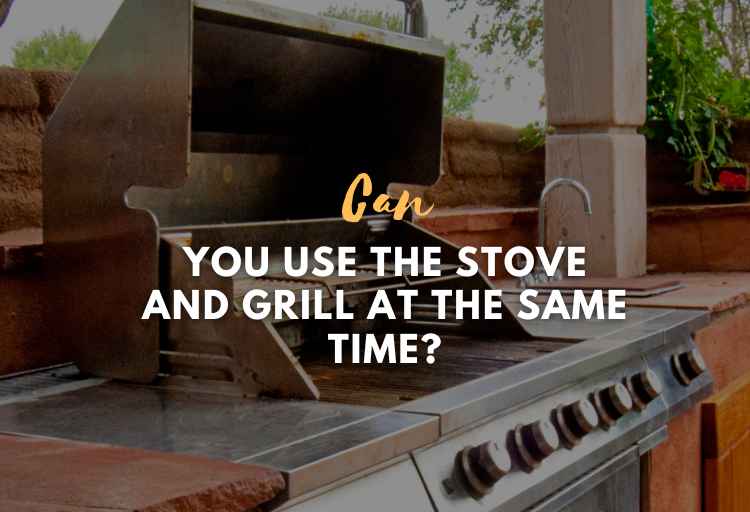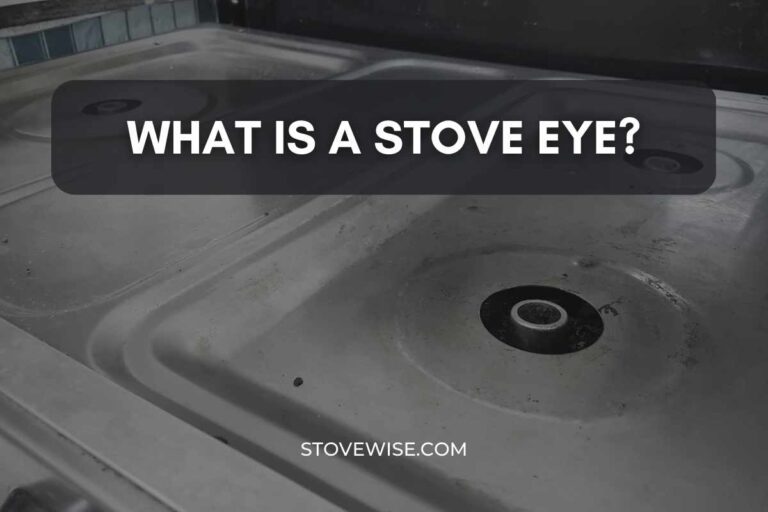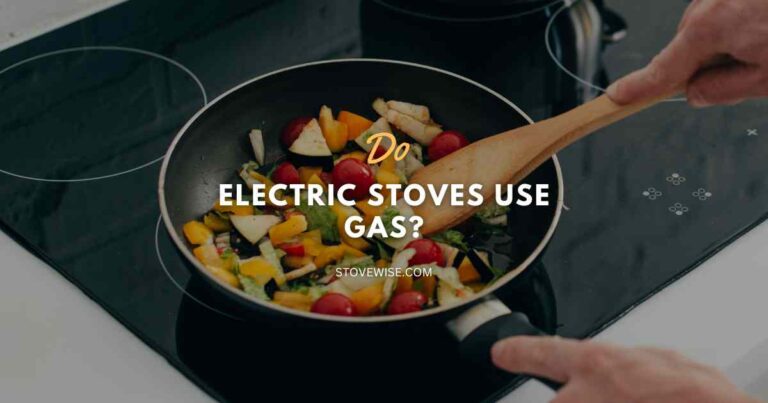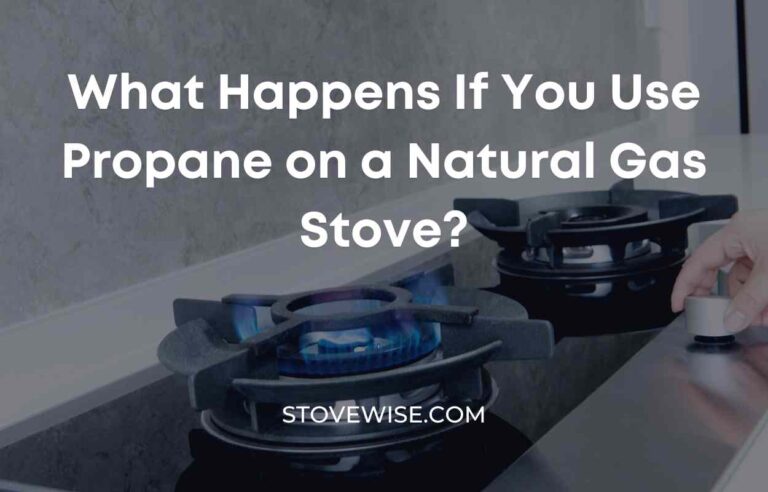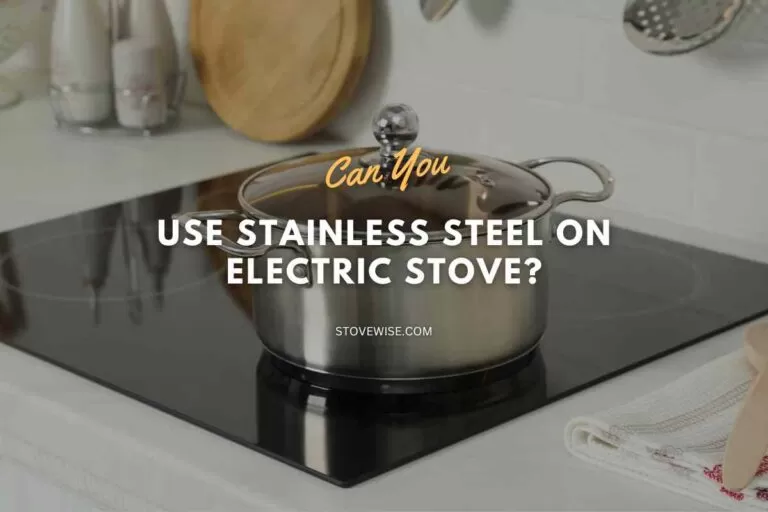Do Chefs Prefer Gas Or Induction Cooktops?
Cooktops are one of the most essential appliances in every kitchen, and the debate on whether gas or induction cooktops are better has been going on for years. While gas cooktops have been the standard for many years, induction cooktops have gained popularity in recent times.
Do chefs prefer gas or induction cooktops? According to a survey by National Restaurant Association, 62% of professional chefs liked gas stoves and 38% liked induction cooktops. But the survey also found that more and more chefs are willing to use induction cooktops and that younger chefs are becoming more and more interested in them.
Professional chefs and cooks like gas stoves because they can control the heat better and the flame is more open.
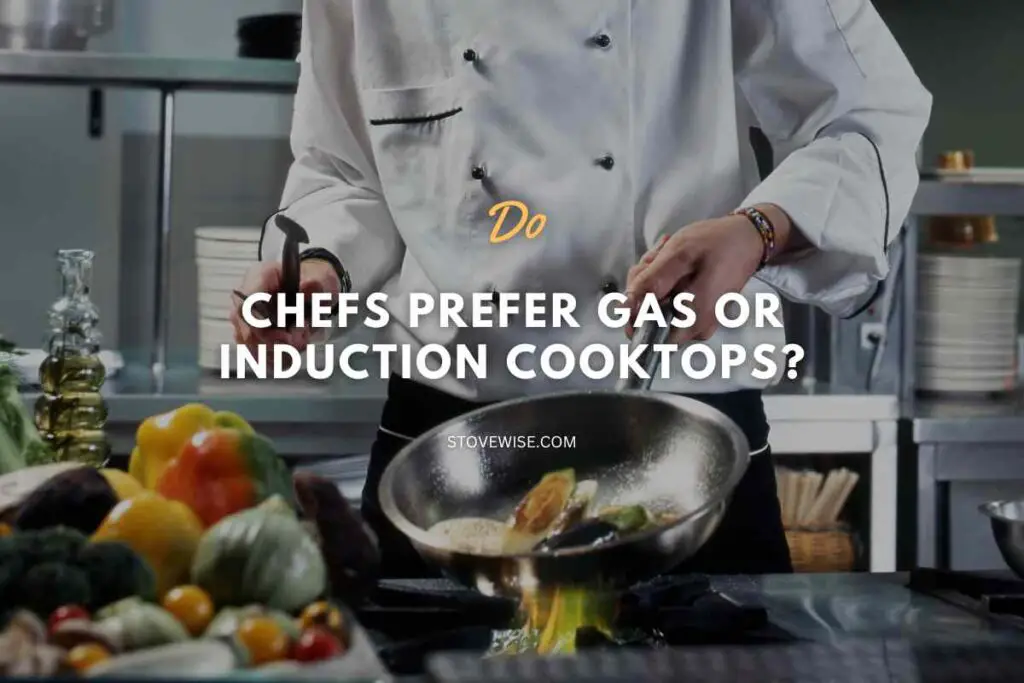
Contents
Gas Cooktops
Gas cooktops have been around for a long time and are the most commonly used cooktops in commercial kitchens. Most chefs prefer gas cooktops because they have more experience using them and can gauge the temperature by merely looking at the flame.
Gas cooktops are also seen as more versatile, as they can be used with any type of cookware, including cast iron and copper. They also provide an instant flame, which means that the heat is immediate and can be adjusted quickly.
One of the main advantages of gas cooktops is that they provide a more even heat distribution, which is essential for cooking delicate dishes. They are also more energy-efficient than electric cooktops, as they use less energy to heat up and cool down.
However, gas cooktops have some disadvantages as well. They can be difficult to clean, as food can get stuck in the burners and grates. Gas cooktops are also not as safe as induction cooktops, as there is a risk of gas leaks and fires.
Induction Cooktops
Induction cooktops are becoming increasingly popular in commercial kitchens due to their energy efficiency, easy cleaning, and rapid heating and cooling.
Induction cooktops work by creating an electric current in metal pots and pans to heat them directly, while gas-powered burners create hot air, which causes the food to heat up. Induction cooktops are also safer than gas cooktops, as there is no risk of gas leaks or fires.
One of the main advantages of induction cooktops is that they are more energy-efficient than gas cooktops. They use less energy to heat up and cool down, making them more cost-effective in the long run.
Induction cooktops are also easy to clean, as they have a smooth surface that can be wiped clean with a damp cloth. They are also safer than gas cooktops, as the surface of the cooktop does not get hot, which reduces the risk of burns and other accidents.
However, induction cooktops have some disadvantages as well. They require specific cookware made of magnetic materials, such as cast iron or stainless steel.
This means that chefs may need to replace their existing cookware, which can be expensive. Induction cooktops also produce a humming sound when in use, which can be annoying for some chefs.
Which Cooktop Do Chefs Prefer?
According to a National Restaurant Association poll, 62% of chefs prefer gas cooktops, while 38% prefer induction cooktops.
When it comes to choosing between gas and induction cooktops, chefs have different opinions. Some chefs prefer gas cooktops because they are more versatile and provide more control over the heat.
They also prefer the traditional method of cooking with gas, which they believe provides better flavor and texture to the food.
On the other hand, some chefs prefer induction cooktops because they are more energy-efficient, safer, and easier to clean. They also appreciate the precise temperature control that induction cooktops provide, which is essential for cooking delicate dishes.
Factors to Consider When Choosing a Cooktop
When choosing between gas and induction cooktops, chefs need to consider several factors, such as:
- Cooking Style: Chefs need to consider their cooking style and the type of food they cook. Gas cooktops are better for cooking dishes that require high heat, such as stir-fries and seared meats, while induction cooktops are better for cooking delicate dishes that require precise temperature control, such as sauces and soups.
- Energy Efficiency: Chefs need to consider the energy efficiency of the cooktop, as this can affect their electricity bills. Induction cooktops are more energy-efficient than gas cooktops, which can save chefs money in the long run.
- Safety: Chefs need to consider the safety of the cooktop, as this can affect the well-being of their staff and customers. Induction cooktops are safer than gas cooktops, as they do not produce an open flame, which reduces the risk of fires and gas leaks.
Why Do Restaurants Not Use Induction?
Restaurants do use induction technology for cooking in many cases, but it is not universally adopted for several reasons.
Induction cooking relies on electromagnetic fields to heat cookware directly, which offers several advantages such as precise temperature control, energy efficiency, and faster cooking times. However, there are some limitations that may deter restaurants from using induction cooktops exclusively.
Firstly, the initial cost of induction equipment is higher compared to traditional gas or electric stoves. While the prices have decreased in recent years, the upfront investment can still be a deterrent, particularly for smaller or budget-conscious establishments.
Secondly, induction cooktops require specific types of cookware that are magnetic and compatible with induction technology. This can limit the flexibility of chefs who prefer using a wide range of cookware materials and styles.
Restaurants often rely on a variety of pots, pans, and other utensils, and transitioning to induction may necessitate replacing existing equipment, which can be costly.
Furthermore, induction cooktops have a learning curve for chefs accustomed to gas or electric stoves. The precise and rapid heat control of induction cooking may require chefs to adapt their techniques and timing.
This adjustment period could impact the efficiency and consistency of food preparation, especially in high-pressure restaurant environments where speed and consistency are crucial.
What Is the Disadvantage of Induction Cooking?
One disadvantage of induction cooking is the requirement for specific cookware that is magnetic and compatible with the induction technology.
This limits the flexibility of chefs who prefer using a variety of cookware materials and styles. Additionally, the initial cost of induction equipment can be higher compared to traditional gas or electric stoves, which may deter some restaurants.
Finally, the lack of a visible flame, which is preferred by some chefs for visual cues and aesthetic appeal, is another drawback of induction cooking.
Conclusion
To summarize, the debate over whether chefs prefer gas or induction cooktops is ongoing, and both types of cooktops offer benefits and drawbacks. While gas cooktops are more versatile and offer more heat control, induction cooktops are more energy-efficient, safer, and easier to clean.
Chefs must consider their cooking style, energy efficiency, and safety when deciding between gas and induction cooktops.


